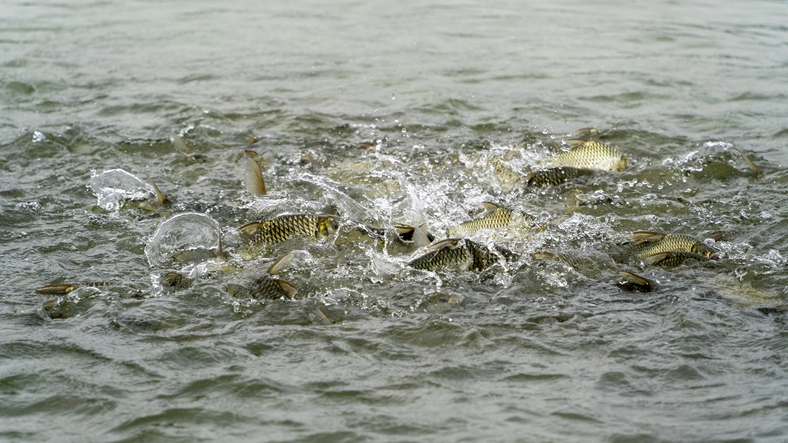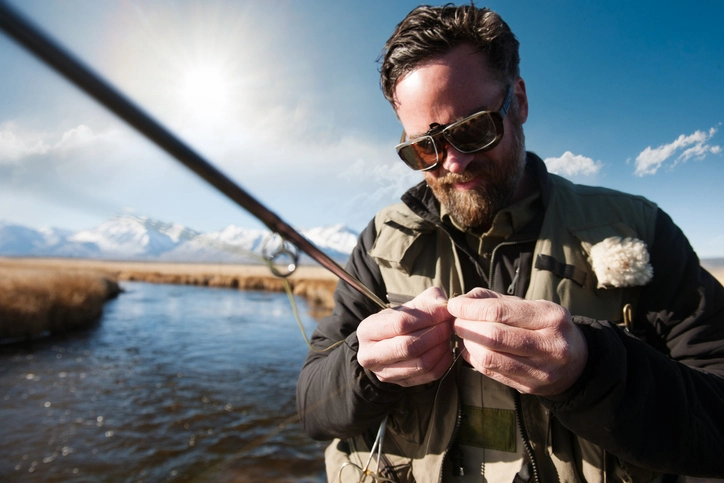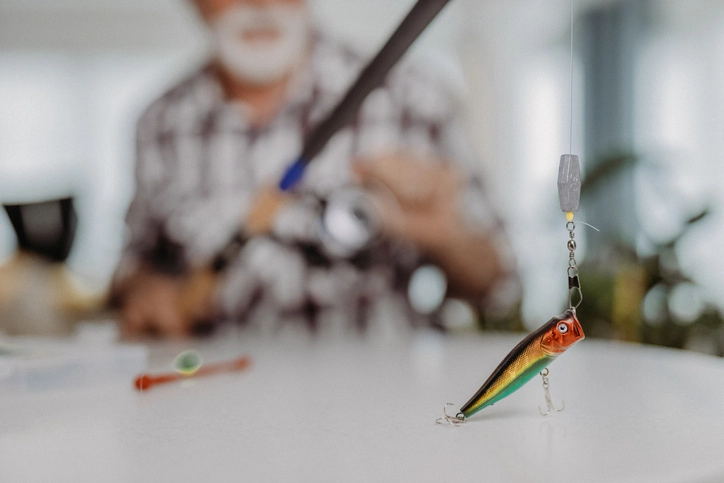Hey there, fellow fishing fanatics! Are you ready to up your game in catching walleye fish? Well, you’re in for a treat! In this article, we’ll explore the world of walleye feeding times.
Let’s be honest: Knowing when walleye fish are most likely to bite can boost your chances of catching them. So, we will look at when these fish like to chow down and share the best times to see them in U.S. waters.
From sunrise to sunset and everything in between, we’ll shine a light on the top times for walleye feeding. Understanding the feeding behavior of walleye fish can help you plan your fishing trips and increase your chances of success. We’ll walk you through when these fish like to munch and give you the inside scoop to help you reel in that big catch. Stick around!
Factors Affecting Walleye Feeding Patterns
Explore factors influencing walleye feeding. The key https://www.mdpi.com/2077-1312/9/11/1154 for anglers seeking better catches. Identify peak feeding times for fishing success.
Water Temperature
Water temperature influences walleye feeding: 55-68°F prime activity range. Warmer temps in spring boost feeding; calmer waters in fall trigger hunger. Walleye seek food with changing water temperatures.
Bait Fish Availability
Walleye fish focuses on small bait fish like shad, minnows, and perch. For optimal fishing, find areas with abundant bait fish. Look out for splashing or jumping bait fish, which signal feeding zones.
Time of Day

Knowing when walleye fish are most likely to eat can help you catch more of them. While walleye might eat at any time of day, some times are better. You’re most likely to see early mornings and late evenings. That’s because during these times, when it’s not too bright out, walleye are more active and ready to chomp down on bait. But remember that this can change depending on where you are and what time of year it is, so it’s handy to know what’s typical in your area.
Strategies for Fishing Walleye
Target walleye effectively with live bait like minnows or leeches. For varied conditions, rig them on jigs or trolling setups. Use artificial lures like crankbaits or jigs, varying colors and speeds.
If you want to catch more walleye fish, it’s important to know what makes them hungry and how to fish smart. Things like how warm the water is, if there’s plenty of bait fish around, and the best times to fish can all affect whether you’ll catch anything. Learning about these things will help you determine when and where to go fishing and improve your chances of catching those awesome walleye.
Finding Walleye Feeding Zones: Tips and Techniques
Finding the right spots where walleye like to hang out is important if you want to catch them. Knowing where they like to chill and using the proper fishing tricks can help you.
One key factor to consider is the depth of the water. Walleye frequent shallow and deeper areas depending on the time of day and weather conditions.
During low-light hours, such as early morning or dusk, walleye move to shallower water near rocky shorelines. These areas provide cover and are ideal feeding zones for walleye. So, walleye may retreat to deeper water structures during bright daylight or in windy conditions for comfort and security.
An equally important aspect to keep in mind is bait fish. Walleye are opportunistic feeders and are attracted to areas abundant with bait fish. Please pay attention to schools of bait fish and their movement patterns, as walleye often follow them. By using live bait or lures that imitate their natural prey, you can effectively entice walleye to strike.
If you’re fishing in huge lakes like the Great Lakes or calm rivers like the Missouri, these tips can help you figure out where walleye hang out to grab a bite. With the right know-how, you’ll be all set for a great walleye fishing trip.
FAQs
What are the best times to catch walleye?
Walleye feeding peaks in the early morning and late evening. Activity spikes in low-light conditions like dawn and dusk. Times vary by weather, water temp, and location.
What are the feeding habits of walleye fish?
Walleye have diverse diets, eating small fish, insects, and crayfish. They excel in low-light vision, enhancing their predatory skills. This aids them in hunting during peak feeding hours.
What factors influence walleye feeding patterns?
Water temperature affects walleye fish activity. They prefer cooler waters and seek oxygen-rich, structured areas. Bait availability and weather also influence feeding patterns.
How can I find walleye feeding zones?
Locate walleye feeding zones by noting habitat features like rocky areas. Target shallow spots near deep waters for active bait fish. Adjust depth based on water temperature changes to optimize feeding success.
Additional Resources:
1. walleye may retreat to deeper water structures for comfort and security
2. One key factor to consider is the depth of the water


